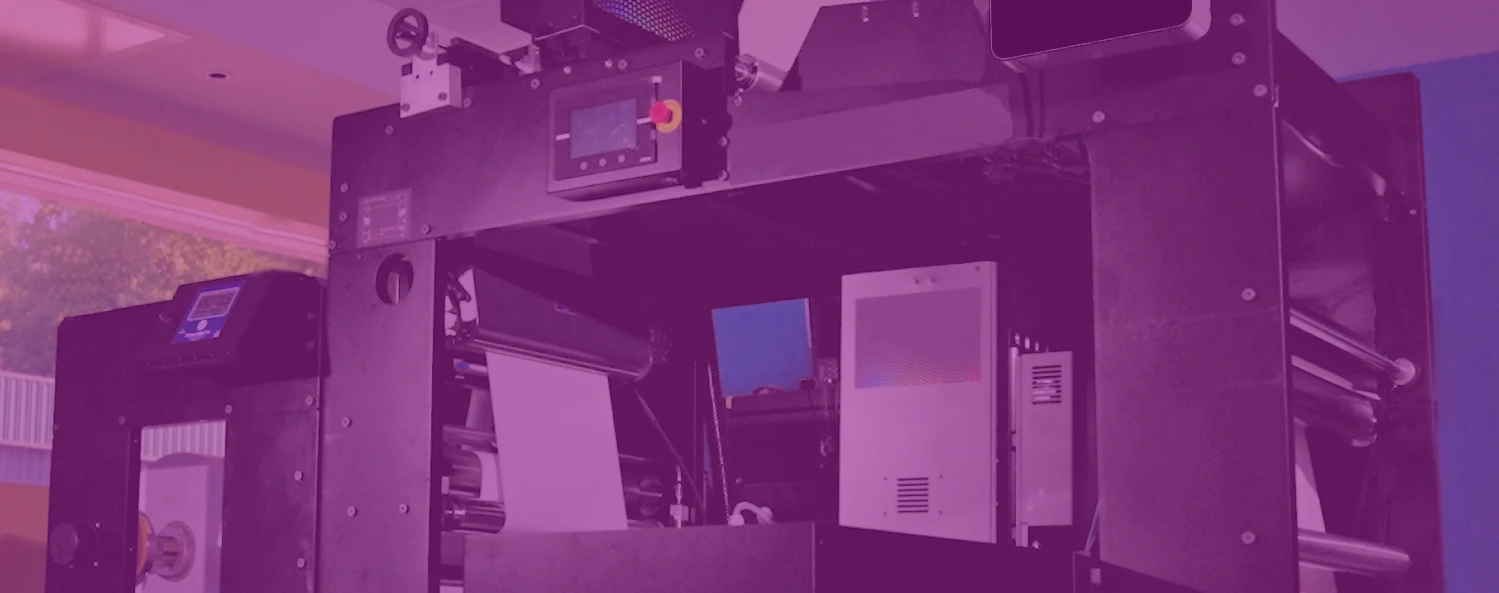In the world of digital printing, success doesn’t just depend on great ink or premium substrates, it depends on how well your machine is set up to bring those materials together. Machine print settings are the critical link that determines how ink performs, how color appears, and how efficiently you can run your press.
Let’s take a closer look at why optimizing your print settings is so important.
- Ink Performance and Adhesion
Your print settings control how ink is delivered to the surface. Parameters like drop volume, curing energy, and temperature ensure the ink bonds properly to the substrate. If these are off, you may see poor adhesion, smudging, or even delamination, especially on challenging materials such as films or coated board. - Color Accuracy and Consistency
Settings such as resolution, ink limits, and color management profiles define how colors are built and balanced on press. Fine-tuning these variables ensures consistent, repeatable color from job to job. Without proper calibration, even small shifts in settings can result in color drift, banding, or uneven tone. - Printhead Longevity and Reliability
Every printhead is engineered to operate within specific limits. Parameters like jetting temperature, waveform, and voltage influence droplet formation and head performance. When these aren’t dialed in correctly, it can lead to nozzle misfiring, ink starvation, or shortened head life, all of which mean downtime and extra cost. - Throughput and Productivity
Balancing print quality with speed is one of digital printing’s biggest challenges. Settings like carriage speed, pass count, and curing intensity determine your throughput and quality levels. Proper optimization allows you to maximize productivity without sacrificing image quality or ink performance. - Substrate Compatibility
No two substrates are alike. The right combination of vacuum level, platen temperature, and primer selection if the application requires it, helps ensure consistent adhesion and image quality across diverse materials. Matching settings to the surface being printed is the key to achieving reliable, high-quality output. - Cost Efficiency
Optimized machine settings not only improve quality, but they also save money. Controlled ink laydown, efficient curing, and reduced reprints mean lower waste and predictable production costs.
The Bottom Line
Machine print settings are far more than technical details; they’re the foundation of every successful digital print. By understanding and controlling these variables, printers can unlock better color, stronger adhesion, longer printhead life, and greater overall efficiency.
In digital printing, performance starts with precision—and that begins with your settings.
